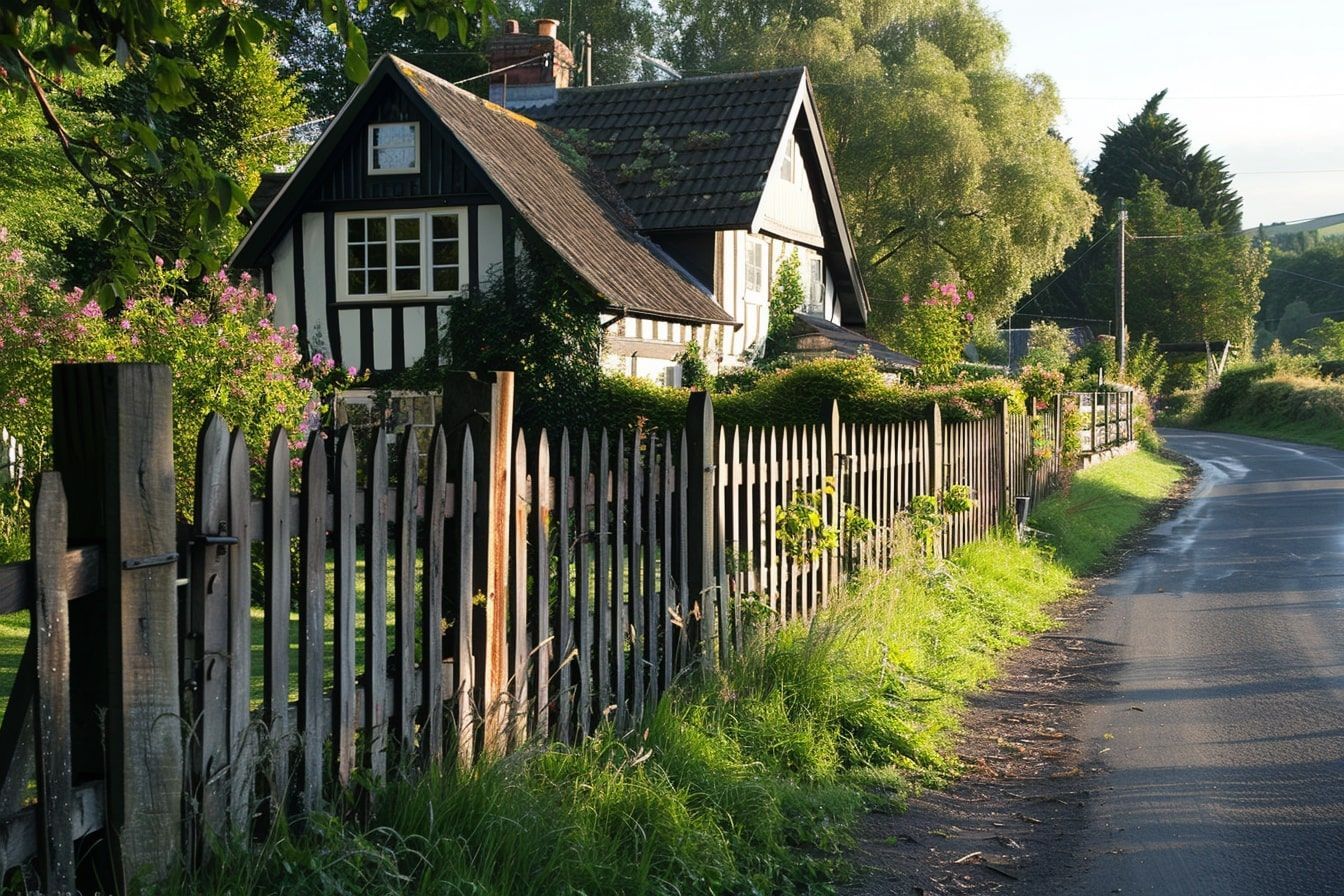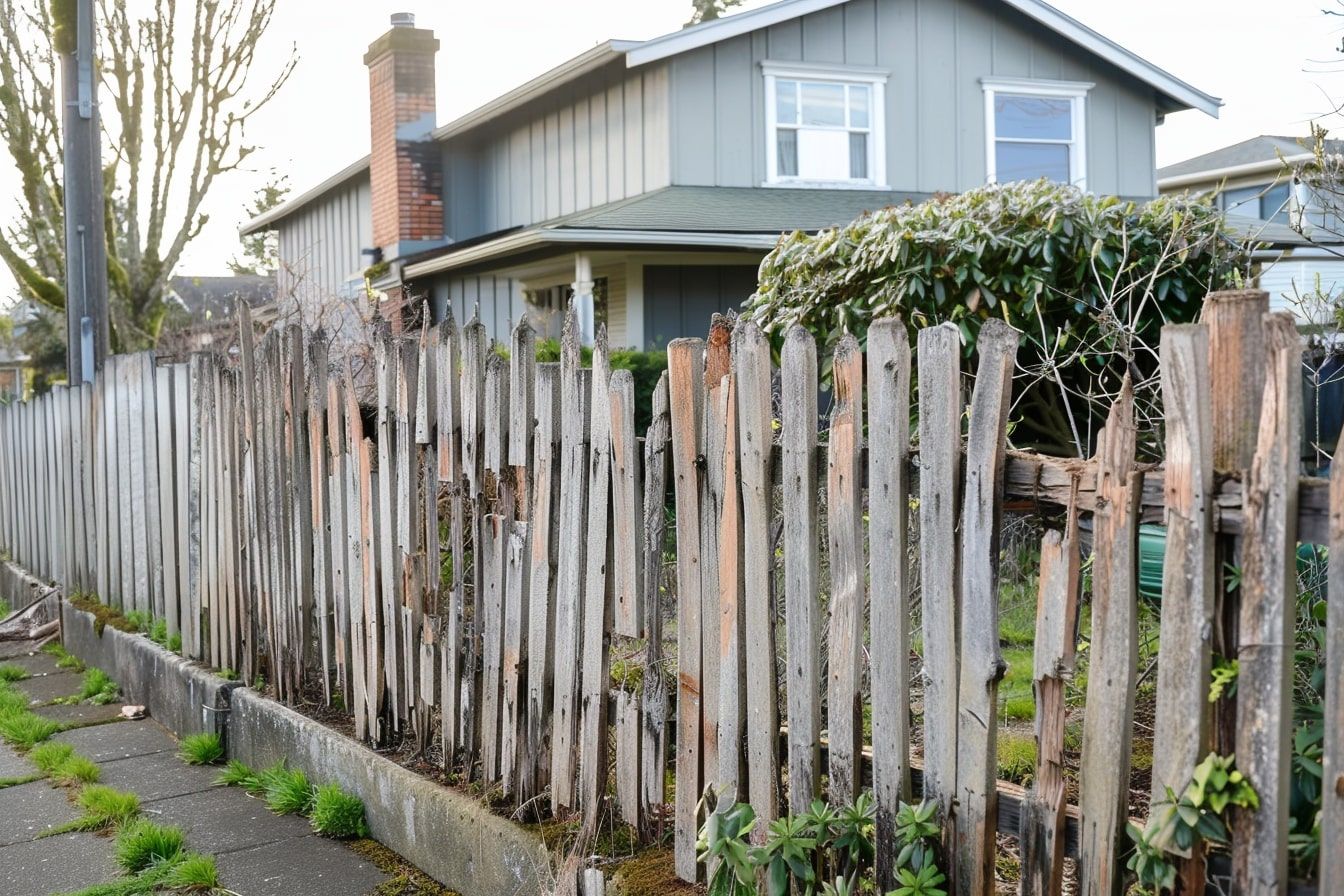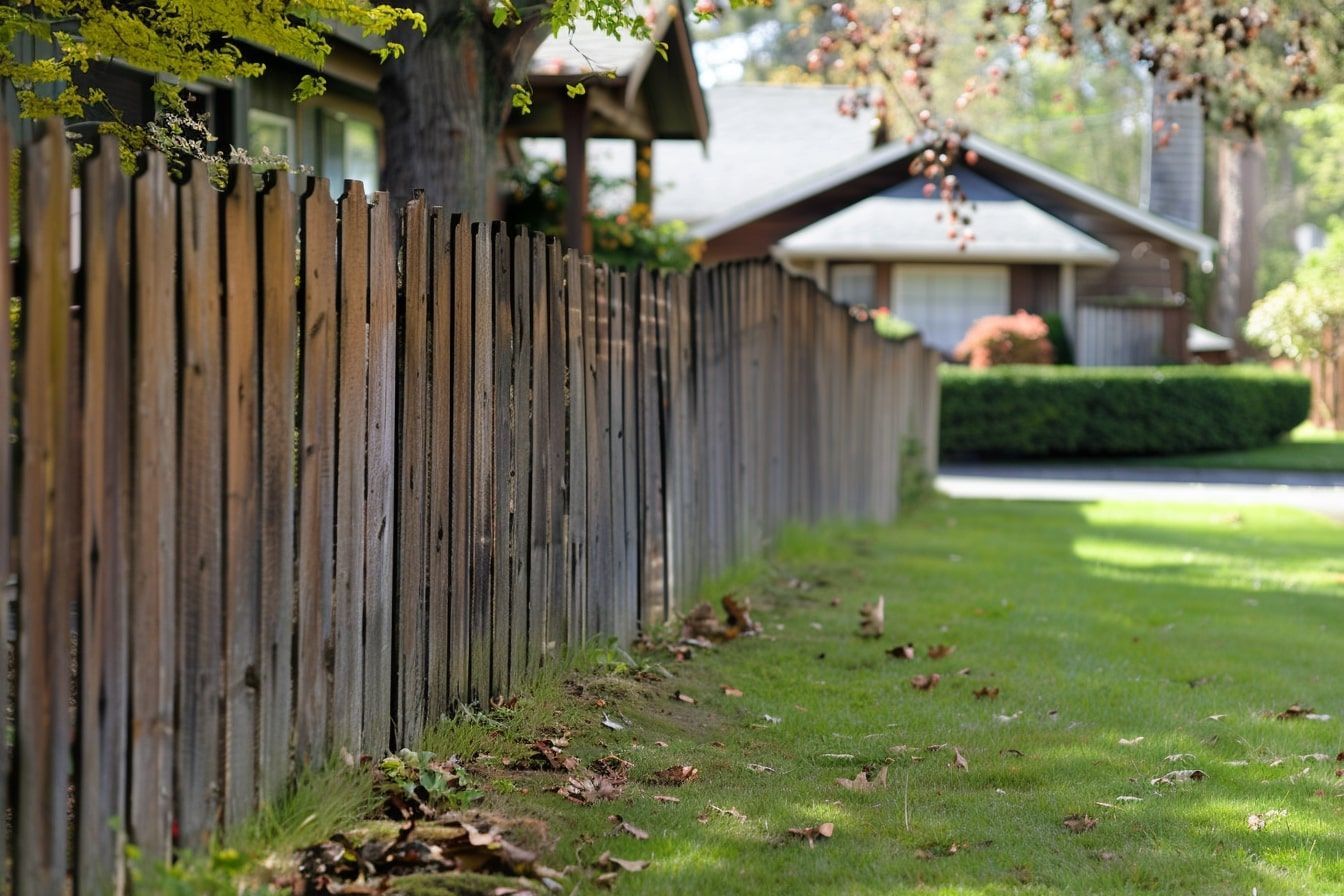Repairing Winter Damage on Your Wood Fence
Have you ever noticed how harsh winters can take a toll on your wood fence? The freezing temperatures, snow, and ice can wreak havoc, leaving your once beautiful fence looking worse for wear. Don’t let winter weather damage diminish the curb appeal and functionality of your wood fence. With the right knowledge and a bit of effort, you can restore your fence to its former glory. Let’s explore how to identify and repair common winter damage to ensure your fence remains sturdy and attractive all year round.
Identifying Common Winter Damage
Cracks and Splits
Winter’s freezing and thawing cycles can cause wood to expand and contract, leading to cracks and splits. Inspect your fence for any visible signs of damage. Cracks may start small but can worsen over time, compromising the integrity of the fence.
How to Identify:
- Look for visible lines or gaps in the wood.
- Tap on the wood; a hollow sound might indicate internal splitting.
Warping and Bending
Moisture from snow and ice can lead to warping and bending of the wood. Warped fences not only look unattractive but can also create gaps that affect privacy and security.
Signs of Warping:
- Uneven or curved sections of the fence.
- Misaligned panels or posts.
Rot and Decay
Prolonged exposure to moisture can cause rot and decay, especially at the base of the fence where water tends to accumulate.
Detecting Rot:
- Check for soft or spongy wood.
- Look for discoloration or fungal growth.
Repairing Winter Damage
Fixing Cracks and Splits
Repairing cracks and splits early can prevent further damage and prolong the life of your fence.
Step-by-Step Guide:
- Clean the Area: Remove any debris or loose wood from the crack.
- Apply Wood Filler: Use a high-quality wood filler to seal the crack.
- Sand and Paint: Once the filler is dry, sand the area smooth and apply a protective coat of paint or stain.
Addressing Warping
Warping can often be corrected with a bit of effort and the right tools.
Correction Process:
- Remove Warped Sections: Carefully detach the warped panels or boards.
- Soak and Flatten: Soak the warped wood in water and then apply pressure to flatten it.
- Reinstall and Secure: Once dry, reinstall the wood, ensuring it’s securely fastened to prevent future warping.
Treating Rot and Decay
Rot can spread quickly, so it’s important to address it as soon as it’s detected.
Treatment Steps:
- Remove Rotten Wood: Cut out the affected sections using a saw.
- Apply Wood Preservative: Treat the remaining wood with a preservative to prevent further rot.
- Replace and Protect: Replace the removed sections with new, treated wood and apply a sealant.
Preventative Measures for Future Winters
Regular Maintenance
Regular maintenance can help prevent extensive damage and extend the life of your fence.
Maintenance Tips:
- Seal the Wood: Apply a water-resistant sealant annually.
- Trim Vegetation: Keep plants and bushes away from the fence to reduce moisture exposure.
- Inspect Regularly: Check your fence periodically for early signs of damage.
Professional Inspection
Consider hiring a professional to inspect and maintain your fence. They can identify potential issues that might be missed and provide expert repairs.
Conclusion
Winter can be tough on wood fences, but with proper care and timely repairs, you can keep your fence looking great and functioning well. Don’t wait until the damage is severe—address issues early to save time and money. For professional assistance and a free quote, visit our website at RS Fence Installations. If you’re in Macomb or Oakland Counties, reach out to us to ensure your fence is ready to withstand the next winter season.
External Resources
- For more detailed instructions on installing a wood fence, visit Lowe’s Installation Guide.
- To explore various wood fence design ideas, check out HGTV’s Wood Fence Design Gallery.
- Learn about the environmental benefits of wood fences at The American Forest Foundation.
The post Repairing Winter Damage on Your Wood Fence appeared first on RS Fence Installations.






